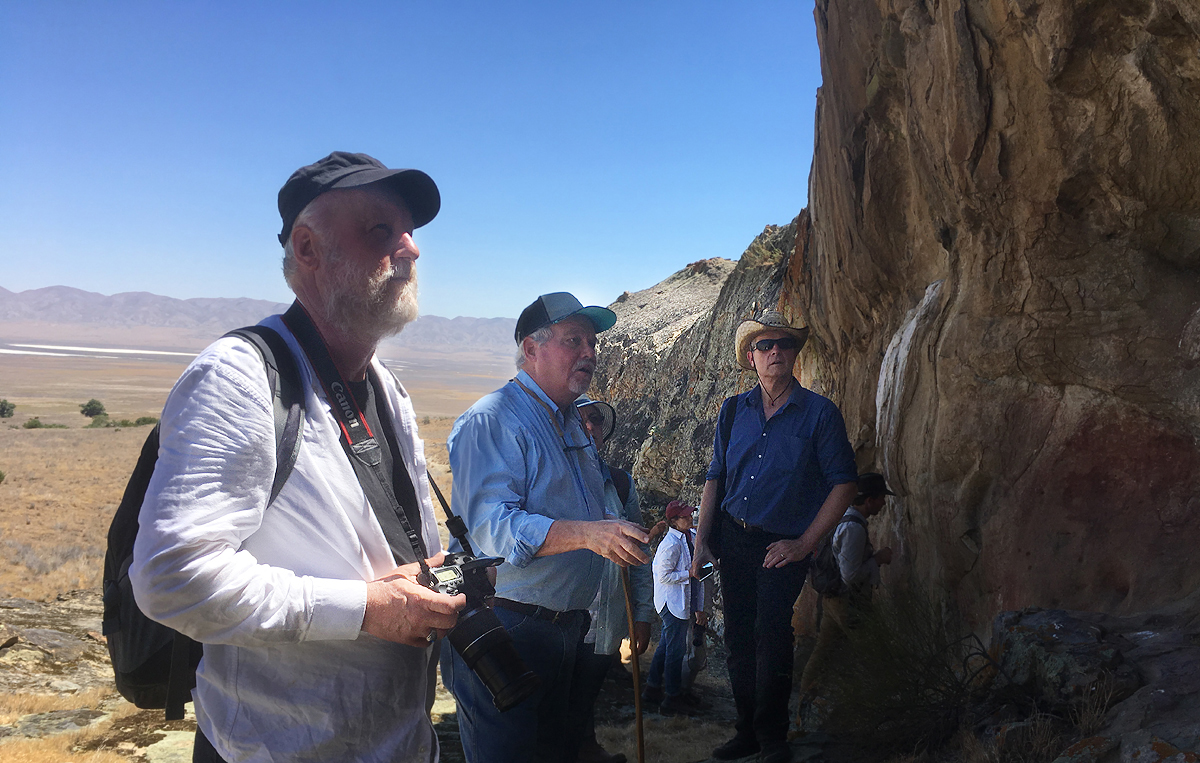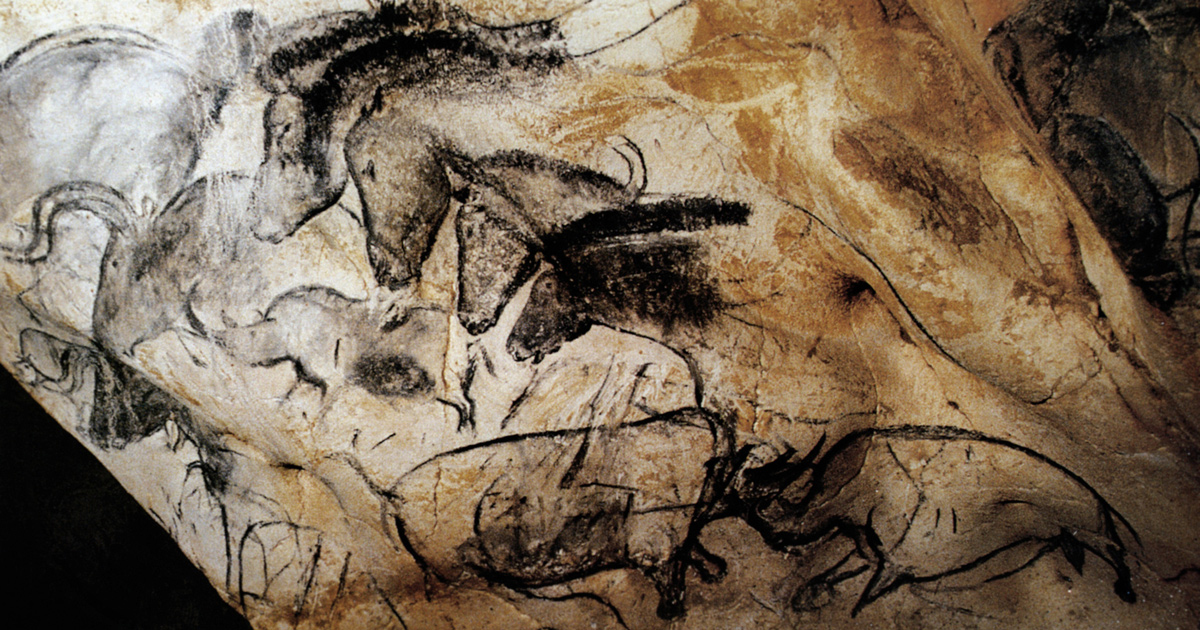


Dr David S. Whitley, American archaeologist and one of the world's leading experts on cave paintings, covers a lot of ground - as you would expect with a title such as this - in his publication Cave Paintings and the Human Spirit: The Origin of Creativity and Belief.

Having visited Chauvet himself in 1999, the author describes the situation clearly. This is one of many compelling aspects. The age of the art of Chauvet runs from thirty five to thirty six thousand years, with two different episodes of use.

Chauvet was discovered in December 1994 by three local cavers Christian Hillaire, Eliette Brunel-Deschamps and Jean-Marie Chauvet after whom the cave was named. No one had been inside the cave for millenia, apart from the discoverers, Jean Clottes and a few others, since it had been sealed off with the collapse of the original entranceway. In fact, there were three phases of collapse: roughly 29,400, 23,500 and 21,500 years BP. The first collapse marked the end of the second period of human occupation (the Gravettian), and the end of animal occupation followed the second collapse of the cliff. The final collapse sealed the prehistoric entrance. This is why the archaeological context of the cave was 'pristine'.
Whitely writes that 'Chauvet dramatically disproved any contention that our human artistic capabilities had evolved, over time, from simple to complex. When art first appeared, it appeared full-blown in a technically and aesthetically sophisticated fashion.'
Visit the Art of the Chauvet Cave section:
www.bradshawfoundation.com/chauvet/index.php
by Bradshaw Foundation
Monday 30 May 2022
by Bradshaw Foundation
Wednesday 19 January 2022
by Bradshaw Foundation
Thursday 06 January 2022
by Bradshaw Foundation
Monday 06 December 2021
by Bradshaw Foundation
Monday 29 November 2021
by Bradshaw Foundation
Monday 25 October 2021
by Bradshaw Foundation
Monday 12 July 2021
by Bradshaw Foundation
Monday 24 May 2021
by Bradshaw Foundation
Tuesday 20 April 2021
by Bradshaw Foundation
Thursday 01 April 2021
by Bradshaw Foundation
Tuesday 23 February 2021
by Bradshaw Foundation
Thursday 14 January 2021
by Bradshaw Foundation
Friday 18 December 2020
by Bradshaw Foundation
Sunday 06 December 2020
by Bradshaw Foundation
Thursday 26 November 2020
by Bradshaw Foundation
Wednesday 07 October 2020
by Bradshaw Foundation
Monday 30 May 2022
by Bradshaw Foundation
Wednesday 19 January 2022
by Bradshaw Foundation
Thursday 06 January 2022
by Bradshaw Foundation
Monday 06 December 2021
by Bradshaw Foundation
Monday 29 November 2021
by Bradshaw Foundation
Monday 25 October 2021
by Bradshaw Foundation
Monday 12 July 2021
by Bradshaw Foundation
Monday 24 May 2021
by Bradshaw Foundation
Tuesday 20 April 2021
by Bradshaw Foundation
Thursday 01 April 2021
by Bradshaw Foundation
Tuesday 23 February 2021
by Bradshaw Foundation
Thursday 14 January 2021
by Bradshaw Foundation
Friday 18 December 2020
by Bradshaw Foundation
Sunday 06 December 2020
by Bradshaw Foundation
Thursday 26 November 2020
by Bradshaw Foundation
Wednesday 07 October 2020
Friend of the Foundation











